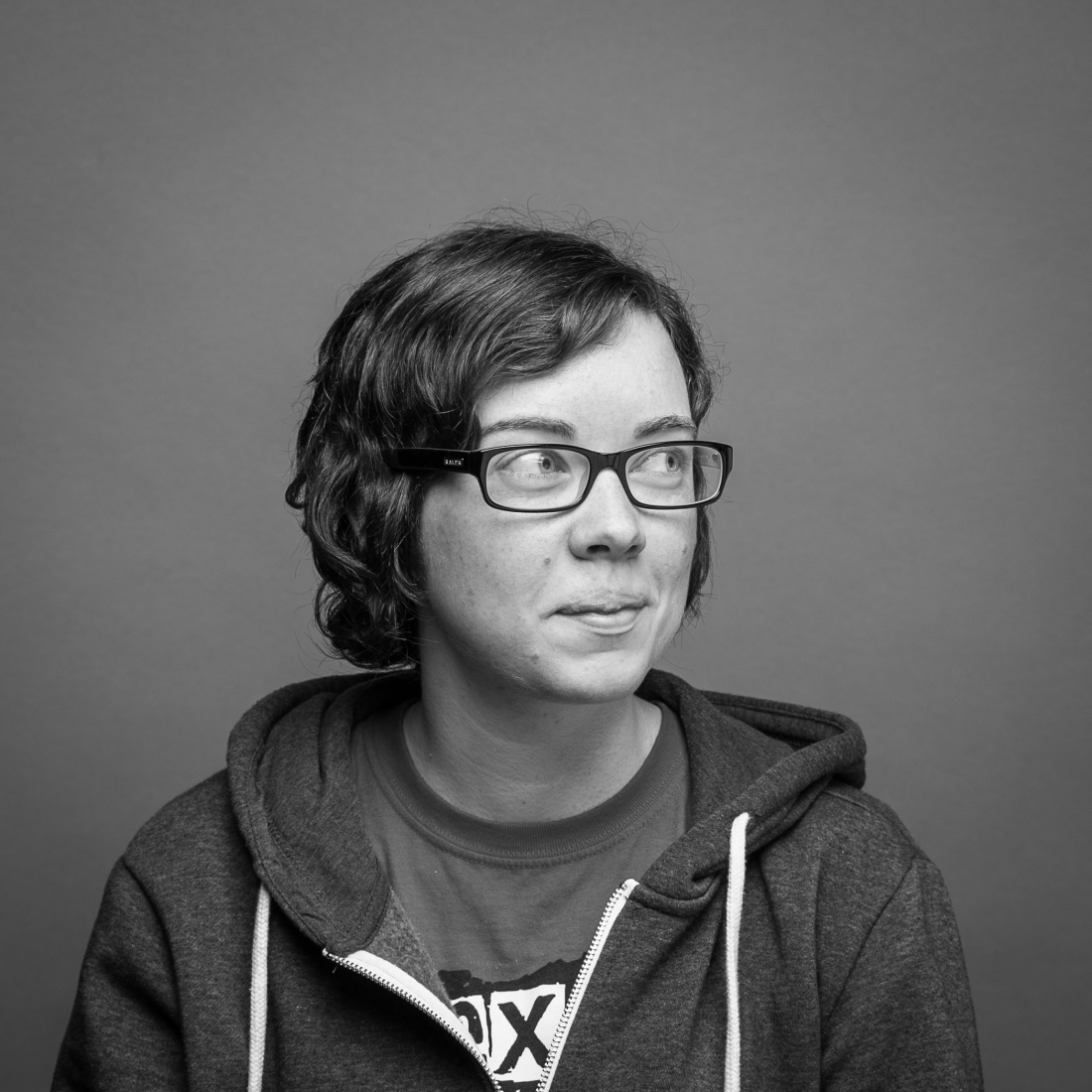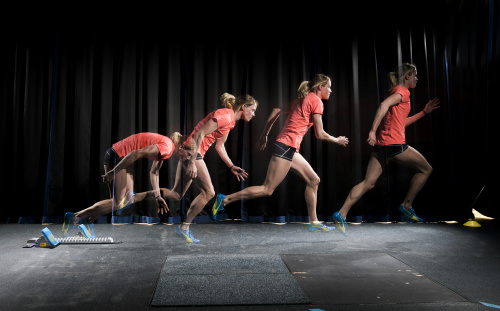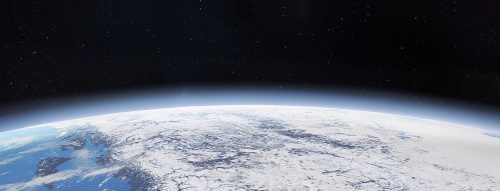Motion Capture and its Application to Animals
News

With thanks to Sinéad Kearney for this insight into her work on Motion Capture and its Application to Animals as part of the CAMERA team.
The motion capture of humans and animals is the process of recording the motion of the subject in either 2D or 3D space. The information recorded can then be used in a variety of applications such as driving an animated character, sport performance analysis, biomedical analysis and many others.
Motion can be recorded using markers or markerless methods. An optical system uses markers, placed on the actor’s body, to estimate the joint angles of the actor’s skeleton. This is the current industry standard as the process is robust. The capture usually takes place within a studio in order to control the illumination. Since optical systems record only the motion of the markers, this means information about how the surface of the actor deforms is lost. An alternative method is to use markerless motion capture.
Markerless capture allows dense information to be recorded using either RGB or depth cameras. Methods vary greatly, depending on what type of data is recorded. Joints of the actor can be estimated from an image, and a parameterised model can be fit to these joint locations. Stereo RGB cameras, or a single depth camera, can be used to produce a set of 3D points. A template mesh or model of the actor can be manipulated to fit these points. One down side to markerless capture is that it produces a more noisy image than marker-based capture, which in turn means a less reliable output.
Animals are more difficult subjects to record than humans. Animals generally don’t respond to orders, unless they are well-trained.
Marker-based capture produces a number of challenges when it comes to animals:
- Attaching the markers (and making them stay on for the duration of the shoot) is difficult
- The animal needs to stay still long enough to attach the marker set
- Discomfort from the markers may mean that the movement recorded of the animal will not be a representation of their natural movement, or the animal may try to remove the markers from their body
- It may not be safe to attempt to attach markers to certain animals
- Filming in a studio means that the animal is not recorded in its natural habitat.
We believe that a markerless system is therefore more suited to the motion capture of animals. It allows the animal to be recorded without interference and in an unobtrusive manner. As it is a portable system, it can be used in indoor and outdoor environments, allowing for the filming of an animal in their natural environment.









